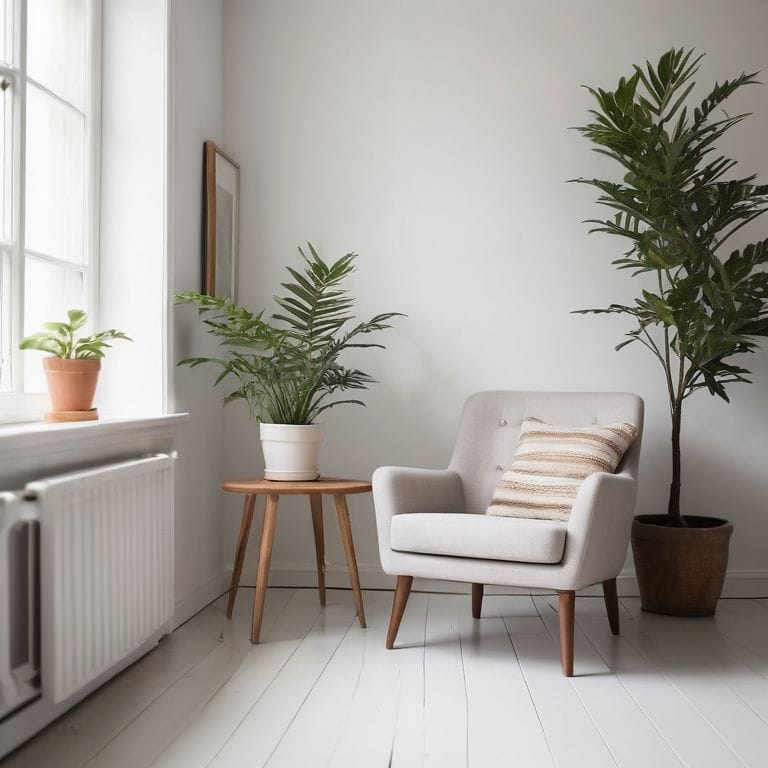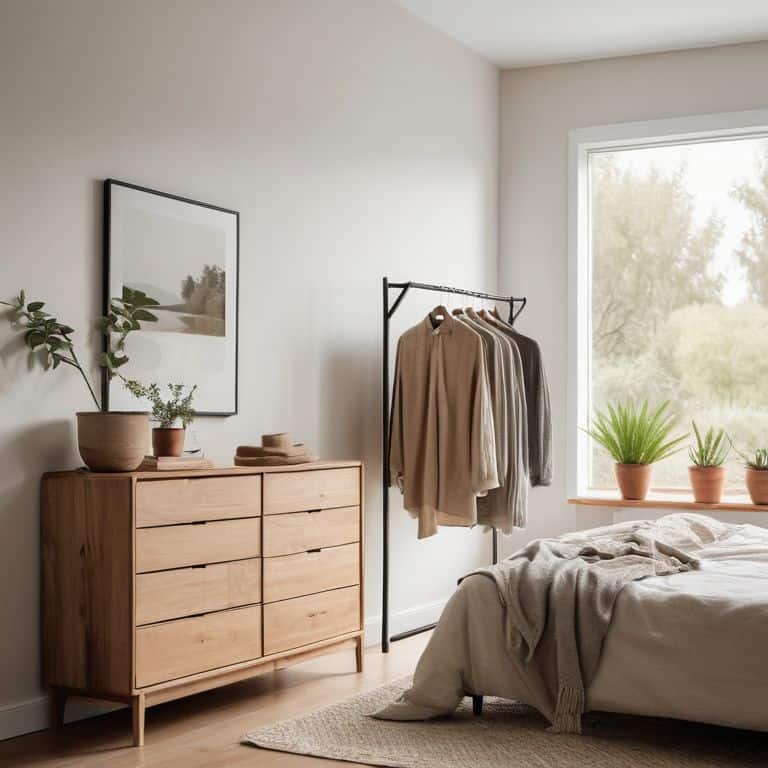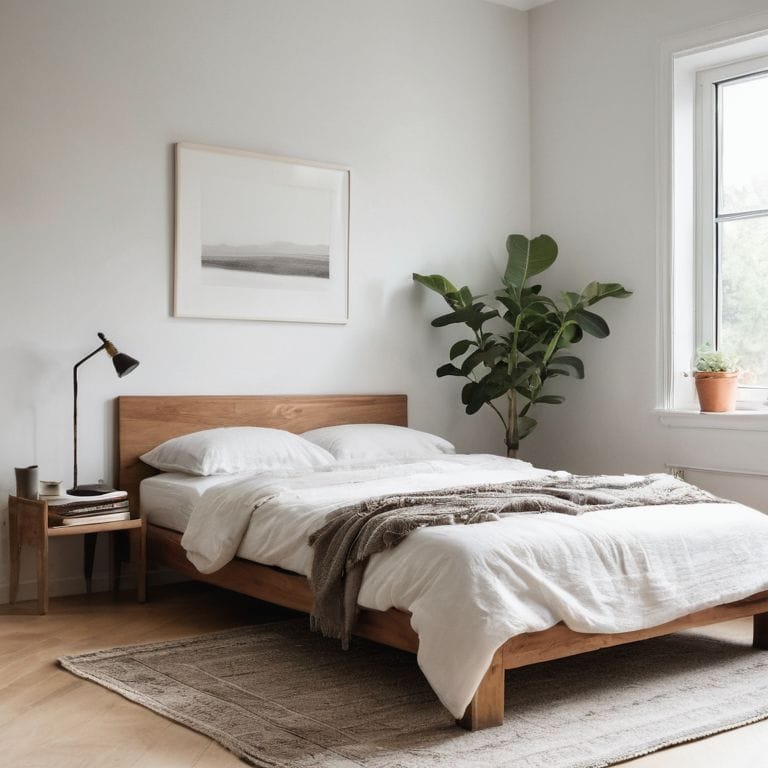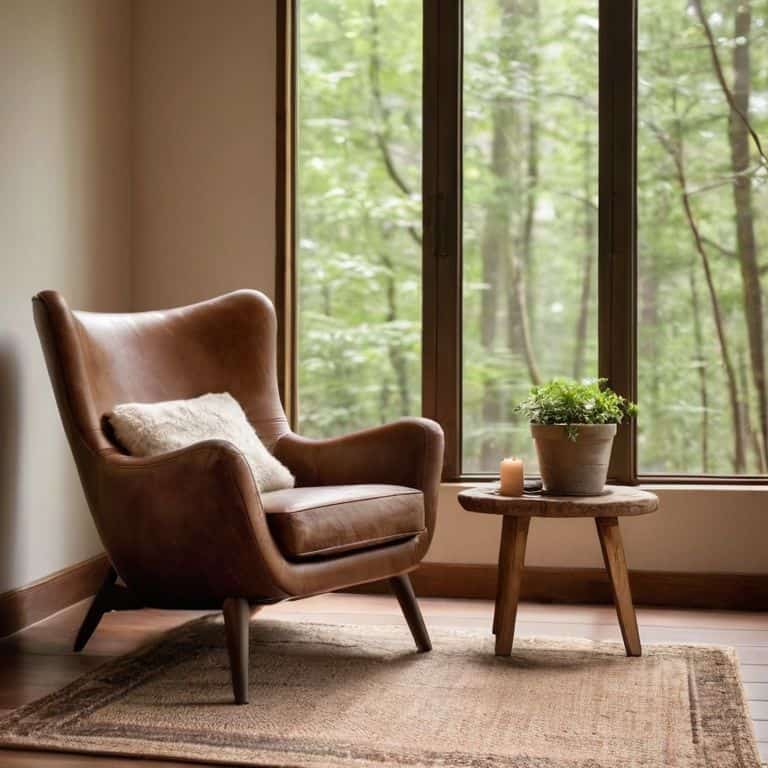As I sit amidst the gentle chaos of my own minimalist space, surrounded by the soft glow of morning light and the quiet hum of my vinyl record player, I’m reminded of the countless misconceptions that surround the concept of minimalism for beginners. So often, we’re led to believe that embracing minimalism means stripping our lives of all beauty and character, leaving behind a sterile, cookie-cutter existence. But I’m here to tell you that this couldn’t be further from the truth. My journey into minimalism was sparked by a desire to reclaim my time and rediscover my passions, and I’ve found that it’s precisely this mindset that allows us to uncover the authentic beauty in our daily lives.
In this article, I’ll be sharing my personal, no-nonsense approach to minimalism, one that’s rooted in a deep understanding of what it means to live a well-curated life. You can expect to find practical, actionable advice on how to begin your own minimalist journey, from decluttering your space to rediscovering your values. My goal is to empower you with the knowledge and confidence to create a life that’s truly your own, one that’s filled with intention, beauty, and a deep sense of fulfillment. So, if you’re ready to embark on this journey and uncover the beauty of minimalism for yourself, let’s get started.
Table of Contents
Guide Overview: What You'll Need

Total Time: 1 hour 30 minutes
Estimated Cost: $0 – $20
Difficulty Level: Easy
Tools Required
- Pencil (for labeling)
- Box (for donations)
- Marker (for categorizing items)
Supplies & Materials
- Storage Bins (optional)
- Shredder (for secure document disposal)
- Calendar (for scheduling decluttering sessions)
Step-by-Step Instructions
- 1. First, let’s start by embracing the chaos that currently surrounds us. Take a deep breath, and begin by clearing a small space in your home or workspace. This could be as simple as wiping down a shelf or clearing off a section of your desk. The goal is to create a tiny oasis of calm in the midst of chaos, and to get a feel for what it’s like to have some breathing room.
- 2. Next, take some time to reflect on your values. What’s truly important to you in life? What kind of person do you want to be, and what kind of life do you want to lead? Write down your thoughts, and start to get a sense of what’s driving your desire for a more minimalist lifestyle. This will help you stay focused and motivated as you begin to make changes.
- 3. Now, let’s talk about letting go of the past. Start by going through your closet, and getting rid of any clothes that no longer fit, are in poor condition, or simply don’t make you feel good. Don’t worry too much about the emotional attachment – just focus on the physical sensation of releasing something that’s no longer serving you. As you let go of each item, take a moment to acknowledge the memory or feeling that’s attached to it, and then gently release it.
- 4. It’s time to get intentional about consumption. For one week, write down every single thing you buy, from a cup of coffee to a new pair of shoes. At the end of the week, take a look at your list, and start to identify areas where you can cut back. Be honest with yourself – are there things on that list that you don’t really need, or that didn’t bring you as much joy as you thought they would?
- 5. Next up, let’s talk about streamlining your digital life. Take some time to organize your computer files, and get rid of any programs or apps that you no longer use. Consider implementing a password manager, and take steps to simplify your online presence. This will help you feel more in control, and will give you a sense of clarity and focus.
- 6. Now, let’s think about creating a “maybe” box. This is a box or bin where you’ll place items that you’re not sure about keeping or getting rid of. Set a deadline, say six months, and if you haven’t used or thought about the item by then, get rid of it. This will help you avoid decision fatigue, and will give you a sense of freedom and flexibility.
- 7. Finally, let’s talk about embracing the beauty of imperfection. As you begin to simplify your life, you may start to feel a sense of discomfort or uncertainty. That’s okay – it’s a natural part of the process. Remember that minimalism isn’t about achieving some kind of perfect, Instagram-worthy aesthetic – it’s about creating a life that’s authentic, meaningful, and fulfilling. Don’t be too hard on yourself, and remember to be kind and compassionate as you navigate this journey.
Minimalism for Beginners

As I delve deeper into the world of simple living, I’ve come to realize that embracing a zero waste lifestyle is not just about reducing our environmental footprint, but also about cultivating a sense of mindfulness in our daily routines. It’s about being more intentional with our consumption habits and making conscious choices that align with our values. For instance, when it comes to starting a minimalist wardrobe, it’s not just about getting rid of old clothes, but also about investing in quality, timeless pieces that bring us joy and make us feel confident.
One of the most significant benefits of minimalism on mental health is the sense of clarity and calm that comes with it. By decluttering our physical space, we’re also decluttering our minds, making room for more positive thoughts and emotions. I’ve found that simple living room decor ideas, such as using natural light and incorporating plants, can greatly contribute to this sense of serenity. It’s amazing how a few small changes can add up to make a big difference in our overall well-being.
As we navigate the world of minimalism, it’s essential to remember that it’s a journey, not a destination. Minimalist budgeting tips can be incredibly helpful in getting us started, but it’s also important to be patient and kind to ourselves as we figure things out. Whether we’re embracing a zero waste lifestyle or simply looking to simplify our daily routines, the key is to focus on progress, not perfection.
Benefits of Minimalism on Mental Health
As I reflect on my own journey with minimalism, I’ve come to realize the profound impact it’s had on my mental well-being. By letting go of the clutter and chaos, I’ve found a sense of calm and clarity that I never thought possible. The constant barrage of stimuli and choices can be overwhelming, and minimalism has been a breath of fresh air, allowing me to focus on what truly matters. I’ve noticed a significant reduction in anxiety and stress, and I feel more grounded and present in my daily life.
The beauty of minimalism lies in its ability to strip away the noise and distractions, revealing the beauty in the everyday moments. By embracing the simplicity, I’ve been able to cultivate a deeper sense of gratitude and appreciation for the world around me. Whether it’s the warmth of a cup of coffee on a chilly morning or the sound of birds chirping outside my window, minimalism has taught me to find joy in the smallest of things, and that’s been a game-changer for my mental health.
Starting a Minimalist Wardrobe Journey
As I delve into my own minimalist wardrobe journey, I’m reminded of the countless hours I’ve spent capturing the beauty of urban landscapes through my lens. The same principles that guide my photography – simplicity, attention to detail, and a focus on what truly matters – now inform my approach to fashion. I’ve come to realize that a minimalist wardrobe isn’t just about paring down my clothes, but about curating a collection that tells a story. Each piece is a thread in the tapestry of my daily life, imbued with meaning and purpose.
I’ve started by taking stock of my current wardrobe, separating items into three piles: keep, donate, and discard. It’s a process that requires patience, honesty, and a willingness to let go of attachments. As I hold each garment, I ask myself: does it bring me joy, or is it simply taking up space? The answers are sometimes surprising, revealing hidden patterns and preferences that I’d never noticed before.
Embracing the Art of Less: 5 Essential Tips for Minimalism Beginners
- Start by embracing the beauty of imperfection, and let go of the need for a perfectly curated space – it’s about living, not just looking
- Begin with small, incremental changes, like clearing out a single drawer or dedicating a ‘launching pad’ near the front door for daily essentials
- Practice the ‘one in, one out’ rule to maintain a sense of balance and control over your belongings, and avoid the temptation to accumulate more stuff
- Focus on the stories and memories behind your possessions, rather than their monetary value or aesthetic appeal – it’s the emotional connection that truly matters
- Schedule regular ‘minimalism check-ins’ to reassess your priorities, reflect on your progress, and make adjustments as needed to stay on track with your goals
Embracing the Essentials: 3 Key Takeaways
As I reflect on my own journey with minimalism, I’ve come to realize that it’s not just about decluttering our physical spaces, but also about cultivating a sense of intention and mindfulness in our daily lives
By embracing minimalism, we can break free from the cycle of consumerism and focus on what truly adds value and meaning to our lives – whether that’s a beautiful sunset, a good cup of coffee, or a great conversation with a friend
Ultimately, minimalism is not a destination, but a journey – one that requires patience, self-reflection, and a willingness to embrace the beauty of imperfection and uncertainty, just like the worn-out park bench that tells a story of its own
A Minimalist Mindset
Minimalism isn’t about erasing the imperfections, but about embracing the beauty that unfolds when we strip away the distractions and let our true selves shine through the chaos.
Maya Sterling
Embracing the Freedom of Minimalism

As we’ve explored the world of minimalism for beginners, we’ve touched on the importance of starting small, whether that’s with a minimalist wardrobe journey or recognizing the benefits of minimalism on our mental health. We’ve discussed the value of intentional living, and how it can help us uncover the beauty in everyday chaos. By embracing minimalism, we’re not just decluttering our spaces, we’re also making room for what truly matters – relationships, personal growth, and a sense of purpose.
So, as you embark on your own minimalist journey, remember that it’s not about achieving some sort of perfect minimalism, but about embracing the beautiful mess of a well-lived life. It’s about finding freedom in the everyday, and discovering that the beauty of minimalism lies not in its rules or restrictions, but in its ability to help us live more authentically and fully.
Frequently Asked Questions
How do I decide what items to keep and what to let go of when starting my minimalist journey?
For me, it’s about asking: does this item spark joy, serve a purpose, or hold a meaningful story? If not, it’s probably safe to let it go. I like to think of it as curating my life, rather than just decluttering – it’s about surrounding myself with things that truly add value and beauty to my daily routine.
What are some common challenges that beginners face when adopting a minimalist lifestyle, and how can I overcome them?
As I reflect on my own journey, I’ve found that common challenges include emotional attachment to possessions and fear of uncertainty. To overcome these, try practicing self-compassion, and start small – like clearing a single shelf or committing to a ‘one in, one out’ policy.
Can minimalism be applied to areas of life beyond physical possessions, such as digital clutter or social media habits?
Absolutely, minimalism can extend far beyond our physical spaces. I’ve found that simplifying my digital life, from streamlining my social media feeds to embracing a “less is more” approach to apps, has been a game-changer for my mental clarity and creativity. By applying minimalist principles to our online habits, we can cultivate a sense of calm and intention in our virtual lives, too.
